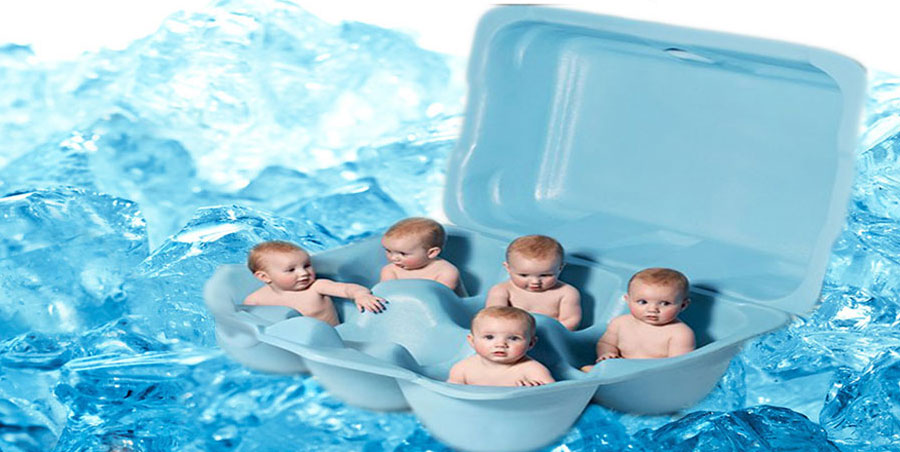The technique of embryo vitrification has revolutionized the process of embryo cryopreservation, having significantly increased the numbers of good quality embryos surviving the thaw process.
It is estimated that 95% of these embryos survive in comparison to fresh embryos, while these embryos have an equal implantation potential to that of fresh embryos.
With the slow thawing method, which until now has been held up as the sole option for preserving embryos, about 50% of cryopreserved embryos either did not survive the thaw process or showed lower implantation rates.
The technique of embryo vitrification has revolutionized the process of embryo cryopreservation, having significantly increased the numbers of good quality embryos surviving the thaw process. It is estimated that 95% of these embryos survive in comparison to fresh embryos, while these embryos have an equal implantation potential to that of fresh embryos. Whereas with the older method of slow thawing embryonic temperature would gradually decrease to -320.8 F, the vitrification technique allows the embryo to reach the final temperature almost instantly. This super-fast embryo freezing method prevents the creation of ice crystals within the cells, which is the main reason why a large percentage of cryopreserved embryos did not survive. With vitrification the survival rate of embryos is 95%, whether the technique is employed for the preservation of eggs or embryos.
This reliable method of embryo preservation at any stage of development opens up new possibilities in the domain of assisted human reproduction. Through vitrification the ovarian stimulation and fertilization processes can be disconnected from the implantation process. In other words, we are now able to freeze time for the embryos at any stage and thaw them when there are optimal conditions of implantation.








